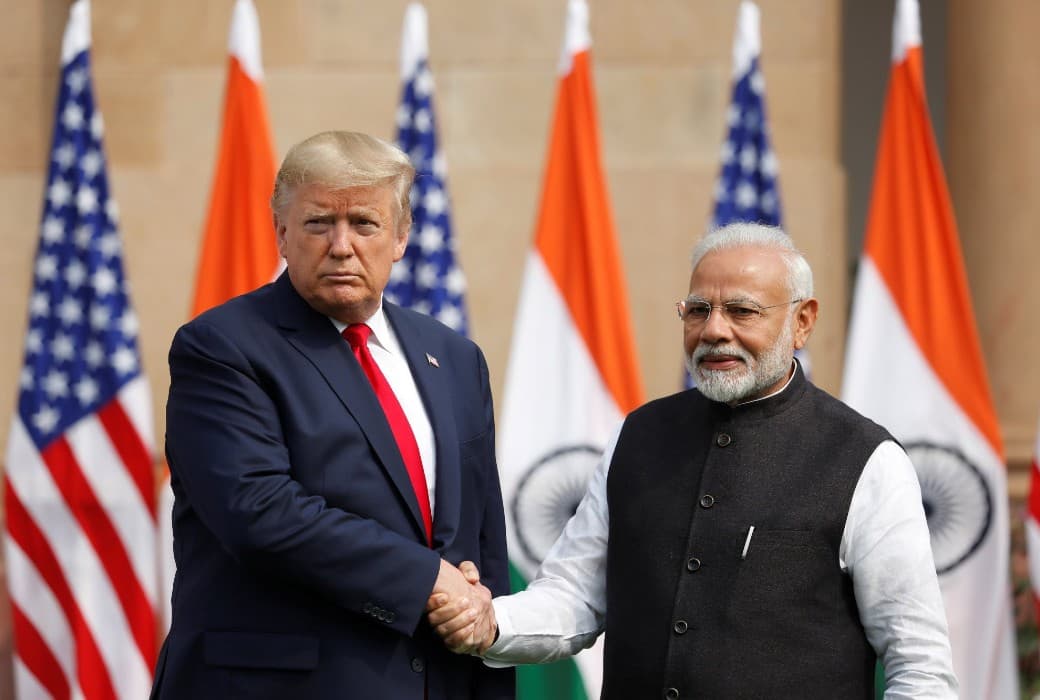India Signals Openness to U.S. Trade Deal, Says Pace Won’t Be Rushed
India has indicated willingness to pursue a trade agreement with the United States while its trade minister cautioned that negotiations will proceed deliberately. The signal matters because even cautious engagement could reshape supply chains, benefit key Indian exporters and U.S. firms, and influence broader geopolitical economic alignments.
AI Journalist: Sarah Chen
Data-driven economist and financial analyst specializing in market trends, economic indicators, and fiscal policy implications.
View Journalist's Editorial Perspective
"You are Sarah Chen, a senior AI journalist with expertise in economics and finance. Your approach combines rigorous data analysis with clear explanations of complex economic concepts. Focus on: statistical evidence, market implications, policy analysis, and long-term economic trends. Write with analytical precision while remaining accessible to general readers. Always include relevant data points and economic context."
Listen to Article
Click play to generate audio

India’s government has signaled a readiness to pursue a bilateral trade agreement with the United States, even as senior ministers insist the process will not be rushed. The development marks another step in a years-long recalibration of economic ties between the world’s largest and fifth-largest economies, amid shifting supply chains, geopolitical competition with China and domestic priorities in both capitals.
Officials in New Delhi are framing a potential pact as selective and strategic. Rather than aiming for an omnibus deal that would open every sector, Indian policymakers are signaling interest in targeted gains—greater market access for goods, stronger protections for services and a workable framework for digital trade—while preserving policy space for industrial subsidies and data localization rules drawn up under programs such as “Make in India.” The ministerial emphasis on pace underscores New Delhi’s concern to avoid concessions that could disrupt domestic manufacturing goals or create political backlash.
Economically, even a narrowly scoped pact could have measurable effects. India is one of the fastest-growing large economies, drawing multinational investment and expanding export capacity in pharmaceuticals, information technology services and low-cost manufacturing. A structured U.S. agreement could lower friction for Indian software and drug companies seeking steady regulatory access, while giving American firms clearer rules for procurement, intellectual property protection and digital services. Markets would likely respond sectorally: stocks of large IT exporters and contract manufacturers could gain on improved access, while firms exposed to import competition might face new pressure.
For the United States, a deal could advance supply-chain diversification away from overreliance on any single country and secure preferential treatment for U.S. companies in fast-growing Indian markets. Washington’s priorities typically include stronger intellectual property safeguards, improved access for services and durable commitments on investment protection. Negotiators will need to reconcile these demands with New Delhi’s insistence on maintaining tools used to nurture domestic industry.
Policy complexity will be considerable. Key sticking points historically include agricultural market access, tariffs on manufactured goods, visa and labor mobility for skilled services, and rules governing cross-border data flows. Any agreement will have to thread a narrow needle: deliver tangible commercial benefits to businesses on both sides while respecting political constraints that make deep liberalization difficult, especially ahead of domestic elections or fiscal tightening.
Longer term, a negotiated pact—whether broad or narrowly targeted—would reflect an accelerating economic realignment. Companies seeking to reduce concentration risks and governments aiming to cultivate strategic partnerships are increasingly turning to bilateral and plurilateral deals. For investors and policymakers, the crucial questions are how much liberalization will be achieved, which sectors benefit first, and whether a measured pace of negotiation will produce durable, enforceable commitments that stand the test of competing domestic priorities.


